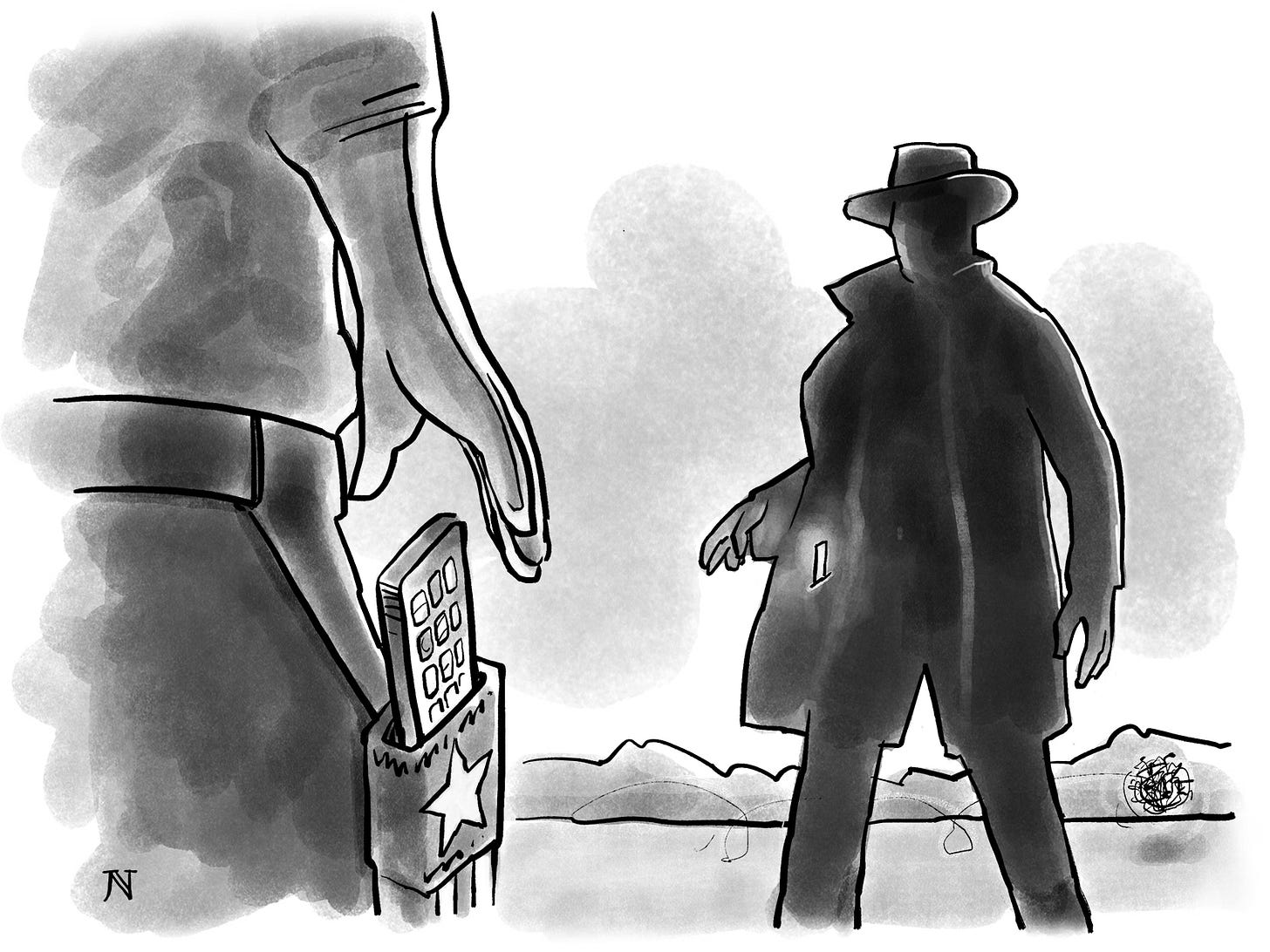The digitalization of globalization
This is where the superpower competition is heading
There has been a lot of talk and analysis lately about de-globalization, with the most strident voices declaring the “death” or “myth” of globalization as we are now clearly in a period of more focused regionalization. I find a lot of these arguments (or maybe just titling/short-handing) very unhelpful in terms of broad-framing our world. They’re just too narrow in their definitions and too obsessed with short-term directional dynamics. It also contributes to our current reliance on the notion of “chaos” to describe anything in this world that we cannot easily understand and describe.
First off, understand that globalization includes all bilateral trade (Countries A and B trade with each other) and all multilateral trade (the stringing of value chains across multiple economies where Countries A through D send raw materials to E, who processes and sends on to F, G, and H, who … you get the idea). When those value chains are rethought in terms of supply chain costs or vulnerabilities (especially political ones) and are recast in more regional terms, that’s not exactly de-globalization. For example, countries’ trade-openness (value of exports + imports as percentage of national GDP) isn’t going down, even as, it can logically only go so high before inefficiencies overwhelm their cost logic (e.g., it makes a lot more sense to source as locally as possible — all things being equal [and they’re getting more equal between Asia and North America, for example]).
If the combined value of my exports and imports registers at about 100% of the value of my GDP (true of most small-to-medium sized economies in our globalized economy), I’m a very open, trade-oriented economy. And, if I switch out China for somebody closer over the course of a period, that doesn’t change my trade openness one bit. It just means I’ve rejiggered my supply chains — typically — for reasons of efficiency and cost-exploitation (follow the demographic dividend around the world for the cheapest labor or just bring that supply chain closer to home because the wage differential that previously took you halfway around the world just isn’t there anymore).
Nothing in the definition of globalization requires that your trade lines/supply chains/value chains be maximally long (i.e., go all around the world on every component), or that your trade openness stand at about 1000%. There are natural limits to both measures of integration. Otherwise we’d be clinging to some bizarre notion that, unless we’re maxing out the length of every supply chain on every component, then we’re “de-globalizing,” which doesn’t make any sense.
So, if global trade openness grows and grows and eventually tops out or flatlines, does that mean globalization is in “retreat”? No. It just means there are logical limits.
Such a fixation on direction is — again — unhelpful. The global economy is constantly evolving in terms of stability-seeking and efficiency-seeking behaviors. There is no homeostasis, and yet, whenever we spot change, we demand that it be divided between up and down, good and bad, globalizing and de-globalizing … and that need to define some sort of “winning” and “losing” all the time is just unhelpfully simplistic.
Keep reading with a 7-day free trial
Subscribe to Thomas P.M. Barnett’s Global Throughlines to keep reading this post and get 7 days of free access to the full post archives.



